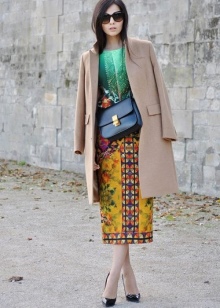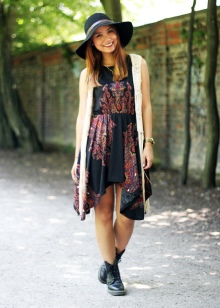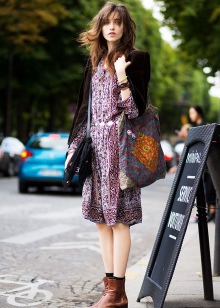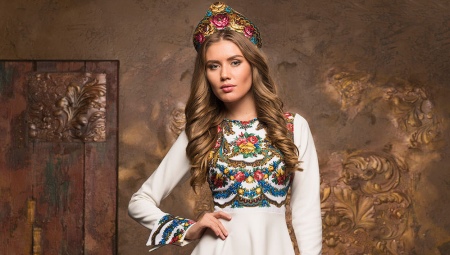We often come across images from world fashion shows, which journalists call "folk outfits." And each time different costumes fall under such a definition. So what is folk?

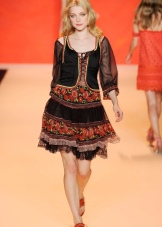
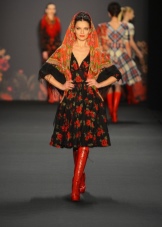
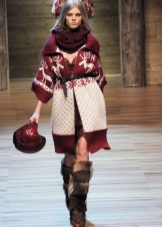
Features
It has been known since school times that the term "folklore" means "folk art", "folk wisdom." So it is not surprising that this definition is such an accurate characteristic of the folk style of clothing. Folk truly incorporated all the most convenient, attractive, universal and comfortable, which could be found among the images and styles, traditions of various nations and peoples.
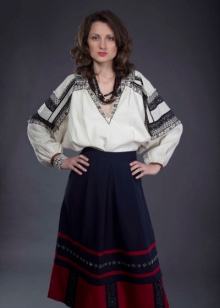
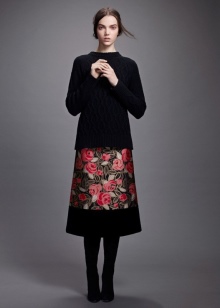
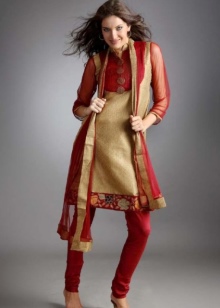
The folklore style is very diverse, because it combines a huge variety of national styles, of which there are a lot. It would seem impossible to combine in one coldness and restraint the Scandinavians, the modesty of Asians, the openness of the Slavs, the incendiary of Latinos, but nevertheless it turned out to be done.
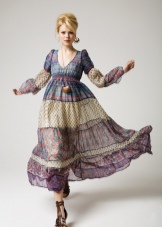
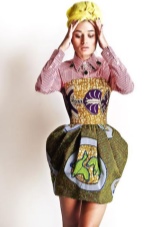
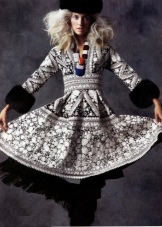
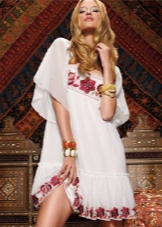
How to create a folk image in order not to get confused in all this variety and look chic?
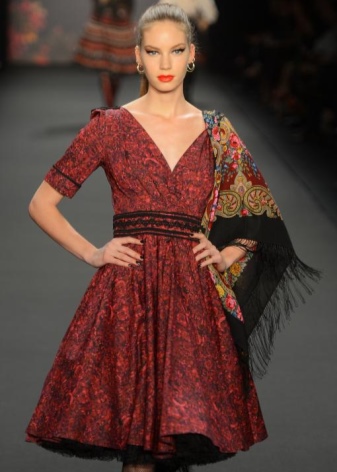
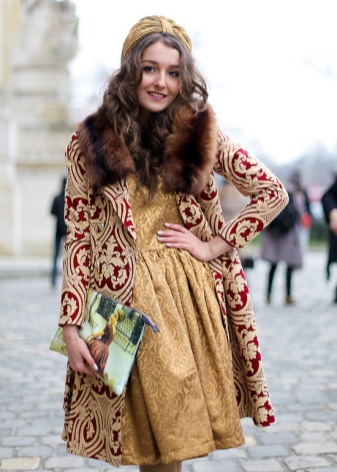
Everything is simple - combine what complements each other both in terms of color, and in terms of material, and in terms of cultural and fashionable features of the country or countries whose style you have chosen.

History
The emergence and spread of such an unusual and at the same time beautiful and charming style, we owe to the hippie subculture. These guys have their own idea of the appearance, so they could not find suitable clothes and accessories in ordinary stores in order to create their own fashionable image the way they wanted to see it. So to some extent they had to come up with their own style.
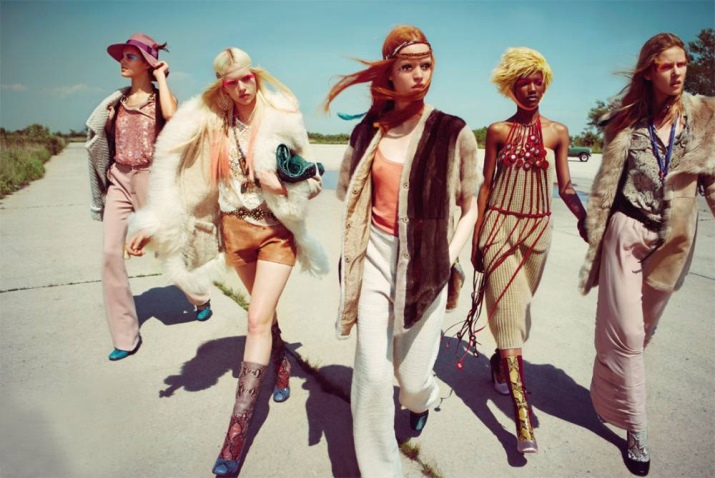
Hippies preferred loose-fitting clothing, for the sewing of which natural fabrics were used, combining different styles and colors.
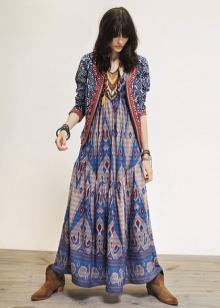
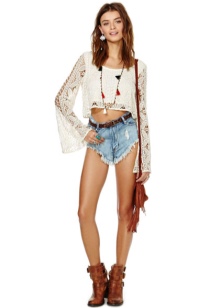
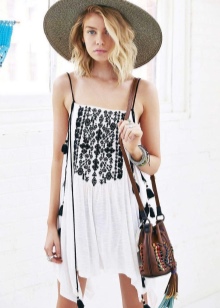
This idea interested fashion designers, and for the first time in 1967 a fashion show was held in London, where they presented hippie-style images. After the show, the trend to create fashionable bows, based on the originality and variety of national costumes, began to develop and gain popularity.
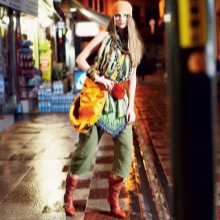
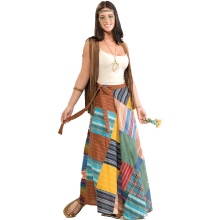
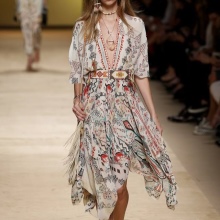
Nevertheless, the recognition of this style in the international fashion arena came only a year later, after the famous French designer Yves Saint Laurent released the Saharienne clothing collection, where the basis was African motifs.
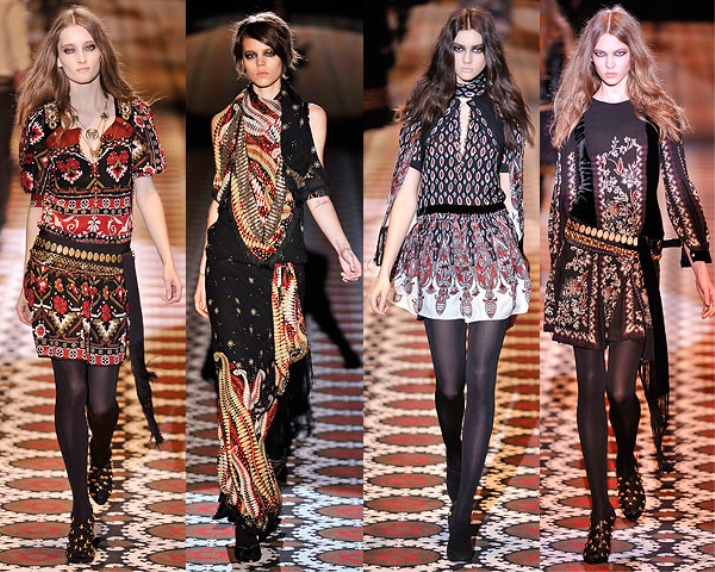
That is why when we talk about folk, we consider it to be the founders of the hippie subculture and designer Yves Saint Laurent. After that, many fashion designers began to experiment and mix different styles, thereby creating something new and original in the fashion world.
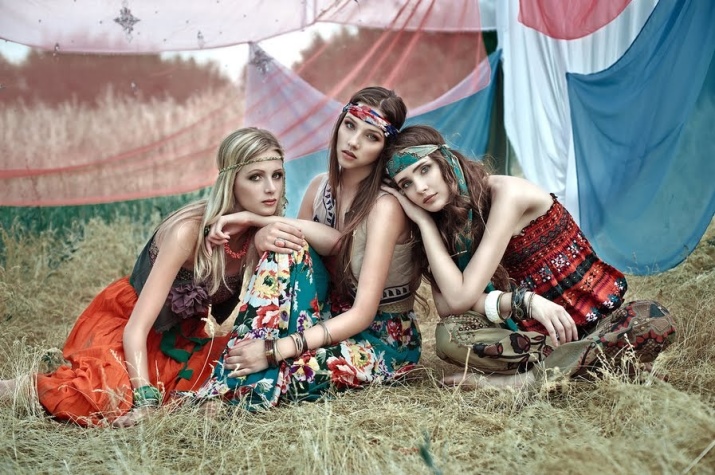
Characteristic
Folklore style is one of the most diverse in the world, as there are many nationalities and nationalities with their unique styles, national accessories and original clothes. Moreover, it often happens that even within the same country one can meet various variations of national clothes.
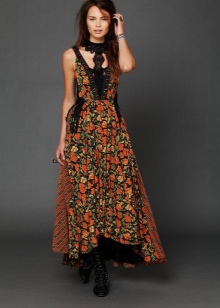
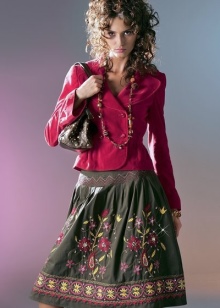
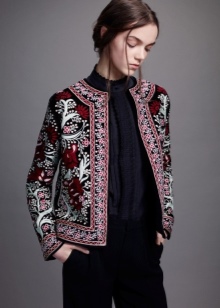
It is especially interesting that the features of clothing of a nation are not always used and worn exclusively by representatives of this nation. For example, you can often see girls and women in dresses and sweaters in qipao on the streets of the CIS.
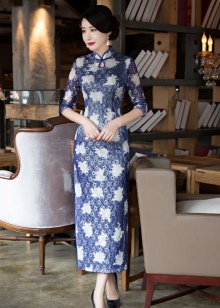
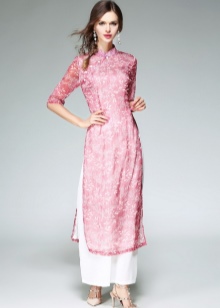

First of all, it is worth remembering that despite the variety of fouls, it’s not worth combining the completely incompatible. The elementary elements of the restrained outfits of the Far East and the hot accessories of Latin America do not suit each other either in style or temperament. Or a gypsy skirt with colorful floral prints and an Indian pastel sari.
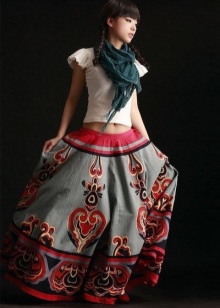
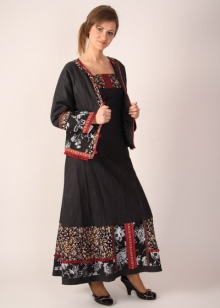
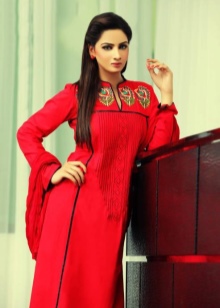
Benefits
Outfits in this style are sewn from natural fabrics. Moreover, fabrics that belong to any particular nationality are used. Slavic countries prefer linen and cotton fabric; Scandinavians, due to the climate, love clothes made of wool. Representatives of the East make clothes from silk and jacquard, and Africans work with leather, suede and fur.
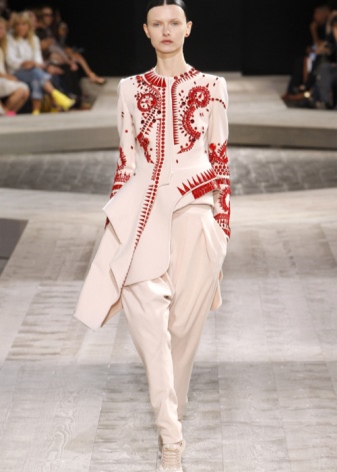
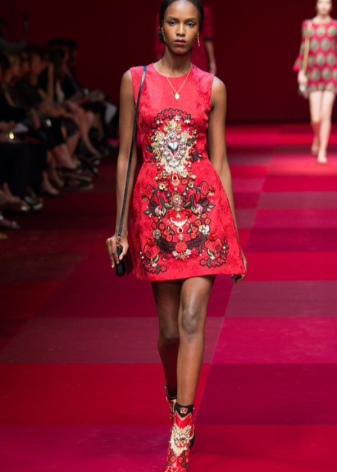
- Materials Of course, all of the above fabrics are not used exclusively in one particular country or group of countries. African tribes are not averse to making clothes from cotton fabrics, so silk came to Africa. From all this, it can be summarized that it doesn’t matter what material the clothes are sewn from - the main difference is that there is absolutely no synthetics in fabrics for clothes in folk.
- Colors and patterns. In the choice of colors, the folk style puts only one limitation - the lack of black. The rest of the colors are chosen either bright or pastel. In addition, a geometric pattern is often used, since almost every nation has its own geometric ornaments in national clothes.
- Silhouette. The silhouette is usually straight or trapezoidal, clothing of a simple cut, not restricting movement. If sweaters - then they are free. There are almost no short skirts in folk style; they are either maxi-length or knee-length. Dresses and blouses are usually with wide sleeves, tapering to the wrists. Shoes are usually chosen
- Decor Another important and very interesting feature is the original and unusual decoration of the outfits, depending on the cultural traditions of the country. The decor can be absolutely anything: embroidery on fabric with different techniques, adding ornaments, as well as appliqués, lace, ruffles, frills, patchwork, clasps with metal decorations, decor from beads, small and large beads, and so on.
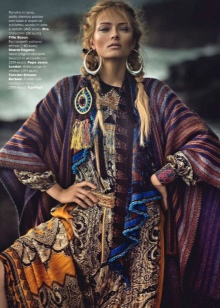
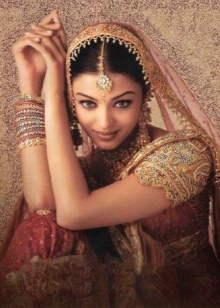
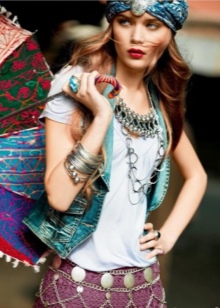
As mentioned earlier, folk are fraught with certain pitfalls: due to the variety of choices, you can make a lot of fashionable mistakes and combine incongruous elements of clothing and accessories in your image.
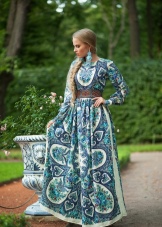
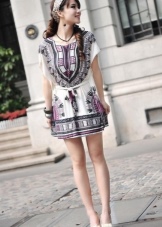
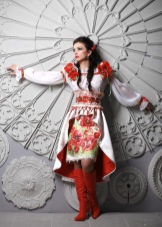
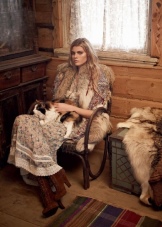
Correctly creating her image in folk style, a woman will definitely emphasize all the advantages of her figure, since almost all peoples are famous for their ability to pay attention to the best parts of her body and her appearance in general.
